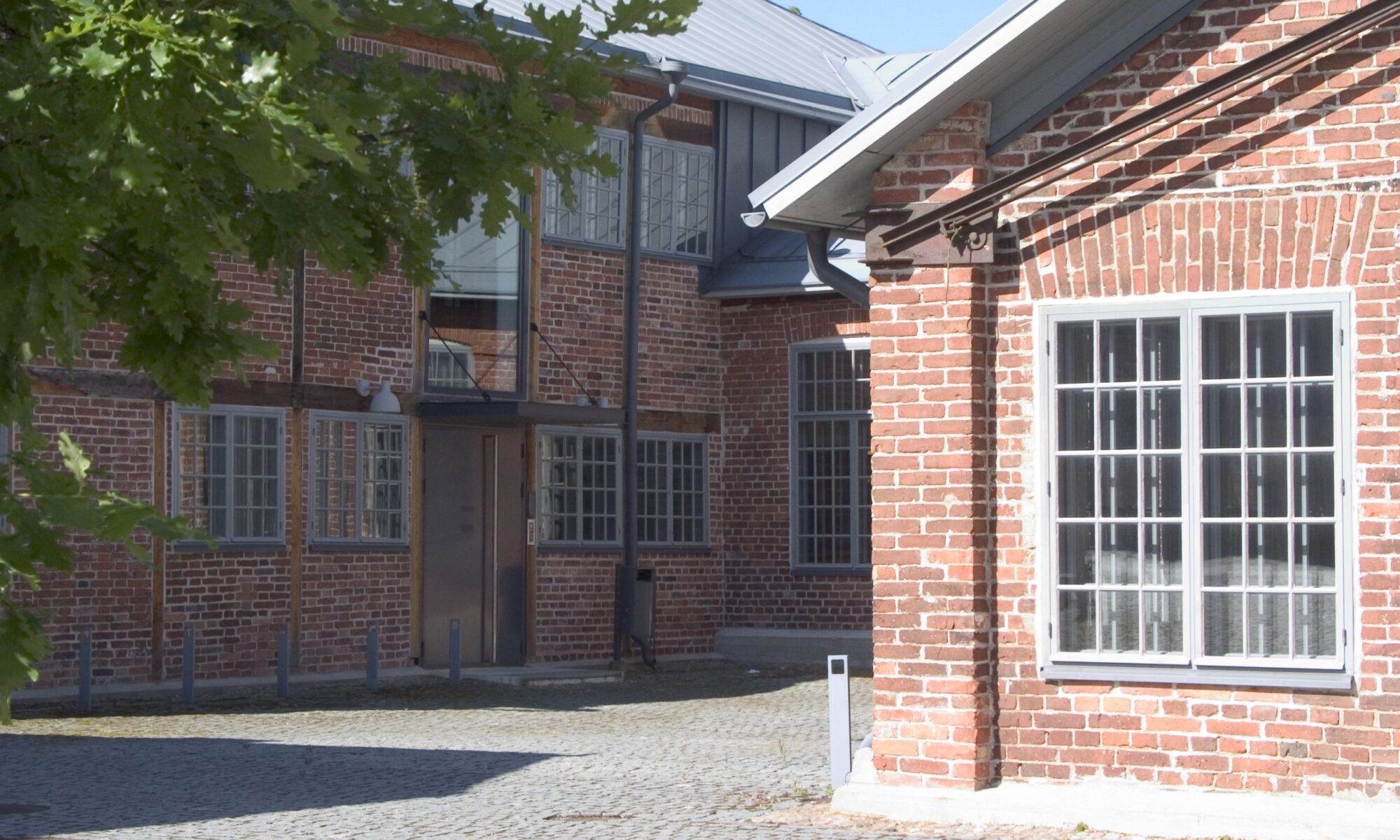Franka Kermer, University of Turku
A preposition’s semantic value is fundamentally derived from our conceptualization of the spatial-physical world and mediated by how we interact with objects in our environment. This talk aims to present the results of a study that examined the relationship between our construal of a given scene and prepositional meaning in spatial particles. These construal patterns include aspects associated with the configuration between two objects, the rajectory and landmark, pertaining to the figure-ground alignment, the level of specificity with which certain elements are portrayed, the perspective and viewpoint that is imposed on a scene and thus allows to locate elements relative to, e.g., the front-back axis, as well as the degree of subjectivity, which relates to how absorbed the conceptualizer is in the process of conceptualization. To demonstrate the significance of construal to the understanding of the polysemous nature of spatial prepositions, an analysis of two German prepositions jenseits (‘beyond’) and hinter (‘behind’) was carried out.
The (re-)einterpretation of jenseits and hinter is supported by empirical examples extracted from the DWDS sub-corpus Die Zeit, a German national weekly newspaper. A sample of 2000 instances of the prepositional use of jenseits and hinter was collected and then classified semantically into categories based on the construal mechanisms and the rajectory-landmark relationship these instances encode. The analysis shows that a high frequency of the occurrences found in the sample constitute non-spatial meanings of jenseits and hinter and thus encode a rajectory-landmark configuration in more abstract domains such as TIME, PATH and, CONTAINMENT. Lastly, it is shown that these meaning extensions arise due to the changes in the construal of a scene through metaphorical mappings.
References
Boers, F. (1996). Spatial Prepositions and Metaphor. Tübingen: Gunter Narr Verlag.
Brenda, M. (2019). The semantics of the English complex preposition next to. Review of Cognitive Linguistics, 17(2), 438–464.
Brugman, C. (1981). The story of over: Polysemy, semantics, and the structure of the lexicon. New York: Garland Publishing.
Coventry, K. R. (2015). Space. In E. Dabrowska & D. Divjak (Eds.), Handbook of Cognitive Linguistics (pp. 489–507). Berlin: De Gruyter Mouton.
Evans, V. (2005). The meaning of time: polysemy, the lexicon and conceptual structure. Journal of Linguistics, 41(1), 33–75.
Grady, J. (2005). Primary metaphors as inputs to conceptual integration. Journal of Pragmatics, 37, 1595–1614.
Lakoff, G., & Johnson, M. (1980). Metaphors we live by. Chicago: University of Chicago Press.
Morras, J., & Barcelona, A. (2019). Conceptual structuring of the English prepositions between, among, and amid, and their Spanish equivalent entre: A cognitive linguistic approach to spatial, non-spatial and temporal scenes. Cognitive Linguistic Studies, 6(1), 103–129.
Wunderlich (1985). Raum, Zeit und das Lexikon. In Schweizer, H. (Ed.) Psychologische und linguistische Aspekte der Aneignung und Verarbeitung von Räumlichkeit (pp. 66–89) Stuttgart: Metzler.
